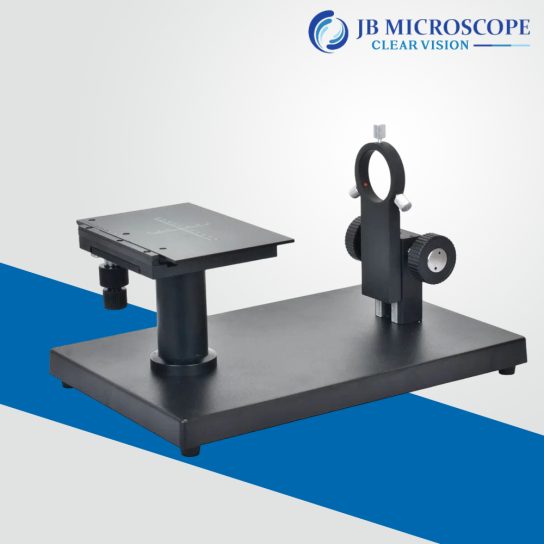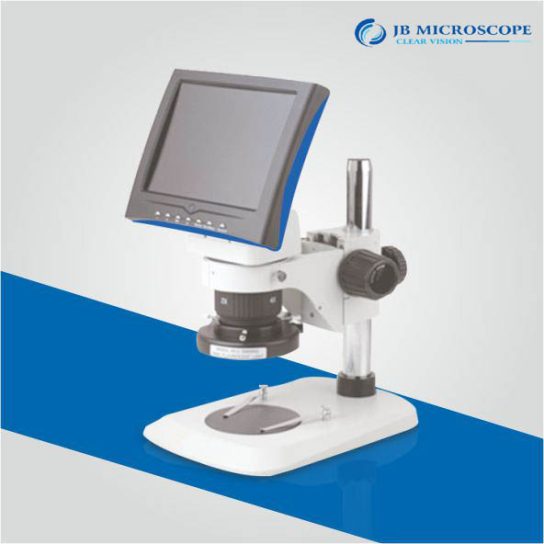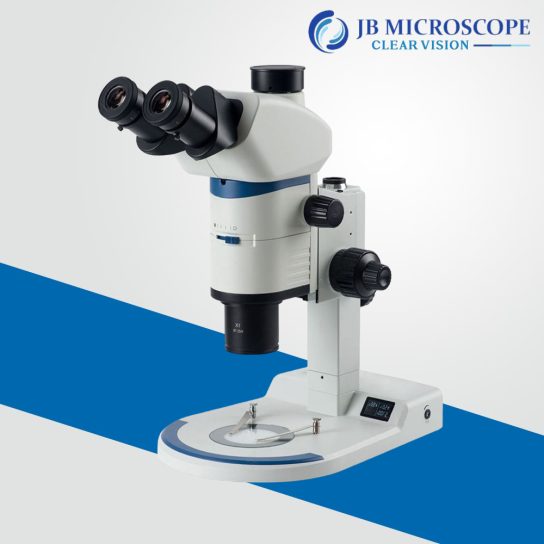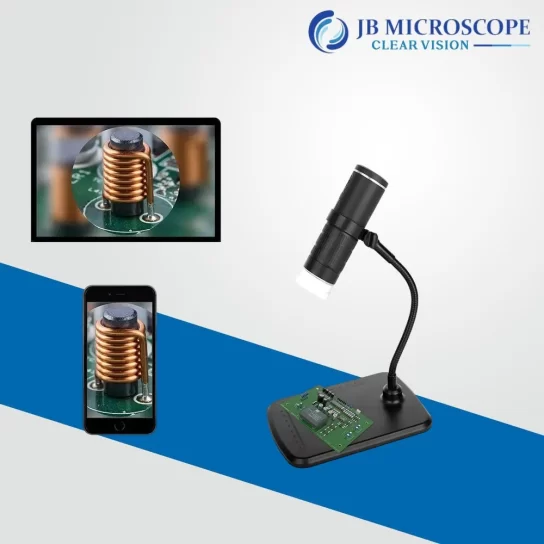Specification : |
|
|---|---|
| component size | 1/3 inch |
| Vertical resolution | 480 TV line |
| Pixel | 768 (H) X 490 (V) |
| Scanning system | 525 line 60 frame/sec |
| White balance | Switch between automatic balance and manual balance |
| Compensation | Automatic |
| Signal noise ratio | 46db |
| γ character | 0.45 |
| Minimum illumination | 3.1ux |
| Input voltage Power | 12V DC(9V-14V) |
| consumption | Below 1.85W |
Measurement Capabilities:
Some PCB microscopes offer measurement features, enabling precise measurements of components and distances on the PCB. This functionality is particularly useful in assessing the accuracy of the layout and ensuring compliance with design specifications.
Applications of PCB Microscopes:
Quality Control in Manufacturing:
PCB microscopes are instrumental in the quality control process during PCB manufacturing. Technicians use them to meticulously inspect solder joints, verify component placement, and identify any anomalies that may affect the functionality of the electronic device.
Failure Analysis:
When electronic devices malfunction, PCB microscopes are employed for failure analysis. Technicians can pinpoint the root cause of issues by examining the PCB at a microscopic level, whether it be a soldering defect, a cracked trace, or a damaged component.
Research and Development:
In the research and development phase of electronics, PCB microscopes aid engineers in refining designs, ensuring the reliability of prototypes, and troubleshooting potential issues before mass production.
In the fast-paced world of electronics, where miniaturization and complexity are ever-increasing, PCB microscopes stand as guardians of quality and reliability. These precision instruments empower manufacturers and engineers to uncover the intricacies of PCBs, ensuring that electronic devices meet the highest standards. As technology continues to advance, the role of PCB microscopes remains integral, contributing to the seamless integration of electronics into our daily lives.






Reviews
There are no reviews yet.